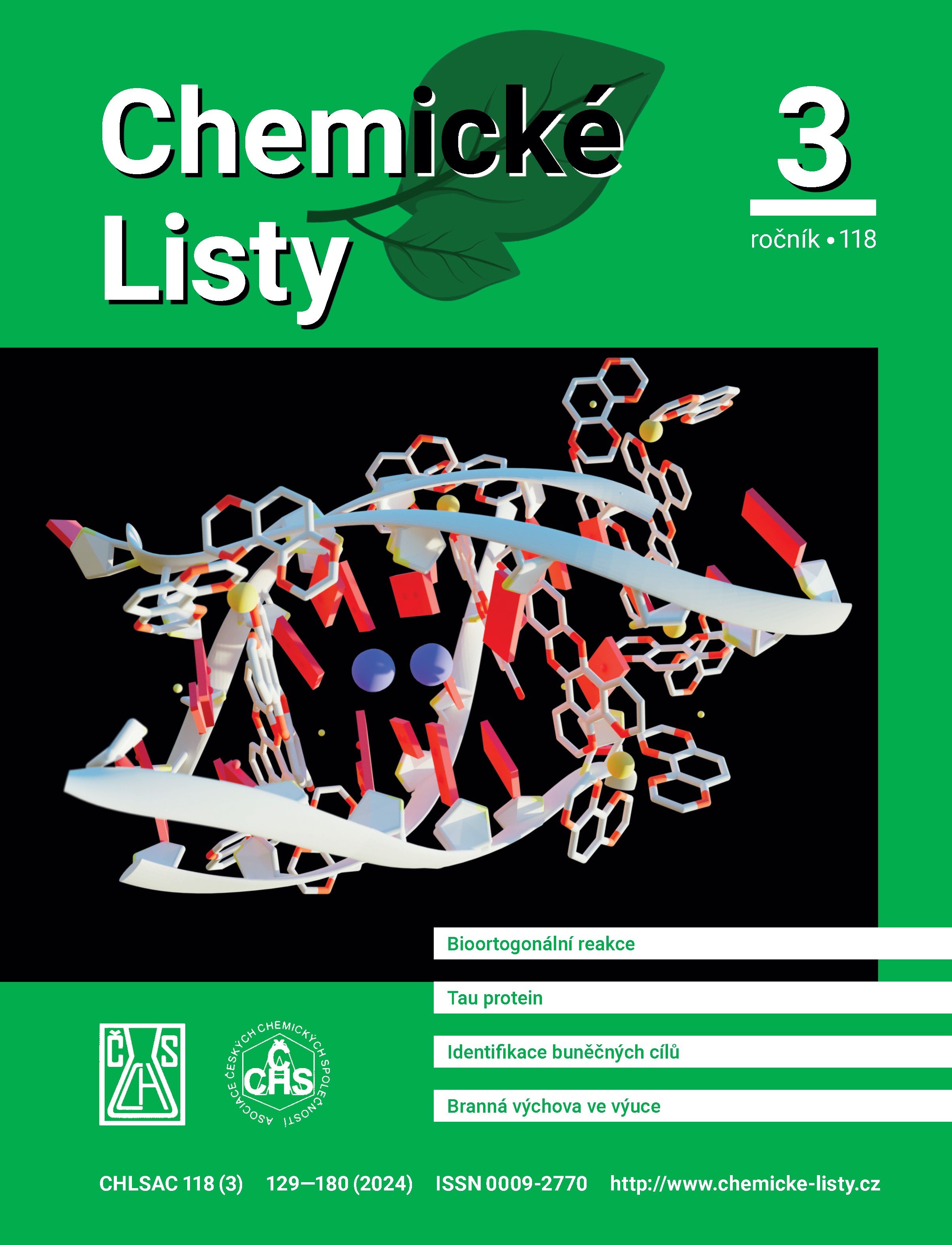Tau Protein in Biological Fluids and Its Clinical Value
DOI:
https://doi.org/10.54779/chl20240138Keywords:
tau protein, proteoforms, post-translational modification, phosphorylation, proteolysis, Alzheimer's disease, cerebrospinal fluid, bloodAbstract
The tau protein is one of the neurocytoskeletal proteins that participate in the pathogenesis of serious neurological diseases, especially Alzheimer's disease. The tau protein is characterized by considerable structural variability, which is reflected in the existence of its numerous proteoforms. This review aims to provide brief information on the structure of tau protein and its proteoforms, which seem promising biomarkers for clinical use. Biological fluids, suitable for laboratory examination in clinical practice, i.e., cerebrospinal fluid and blood (plasma/serum), are discussed. Total tau protein and its phosphorylated forms (mainly the pT181-tau protein, phosphorylated at the threonine residue 181) have already found clinical application in diagnosis of Alzheimer's disease.





